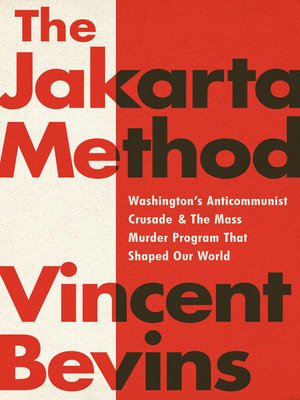

Yet, as anyone who has studied the era understands, this was what Roosevelt was relying on in his pre-war strategy and his actual tactics during the conflict.Īt the end of the war, Kennan was appointed deputy chief of mission in Moscow. Kennan had studied the USSR and sided with the likes of former ambassador William Bullitt and State Department experts like Loy Henderson and Chip Bohlen on the subject, thereby disagreeing with Franklin Roosevelt’s former Russian ambassador Joseph Davies about the possibility of any kind of reliable alliance with Joseph Stalin against the Third Reich. He was stationed in Prague during the Anschluss and in Berlin until the American declaration of war against Germany in December of 1941. George Kennan enlisted in the American diplomatic corps out of college in 1925.


Any writer dealing with the subject would have to at least make mention of the crucial importance of Kennan in how it all began. One of the strangest things about the book is this: I could find no mention of George Kennan. Oddly-considering his subject-Bevins gives rather short shrift to the origins of the Cold War. As we shall see-and as I will explain-that is a rather revealing statement by the author. He gives acknowledgements to several academics, including Bradley Simpson of the University of Connecticut. He is a journalist who has been employed by the LA Times, Washington Post, and the Financial Times of London. I note upfront, Bevins is not an academic, let alone an historian. As we shall see, he fails to deal with some things we do know and he does not avoid speculation. 7) He then adds that there is much we do not know. It essentially tries to tell the story of the Cold War, largely from its impact in what we today call the “Third World.” In his introduction, Bevins writes that he has avoided speculation entirely.

Vincent Bevins’ book, The Jakarta Method is an ambitious volume.


 0 kommentar(er)
0 kommentar(er)
